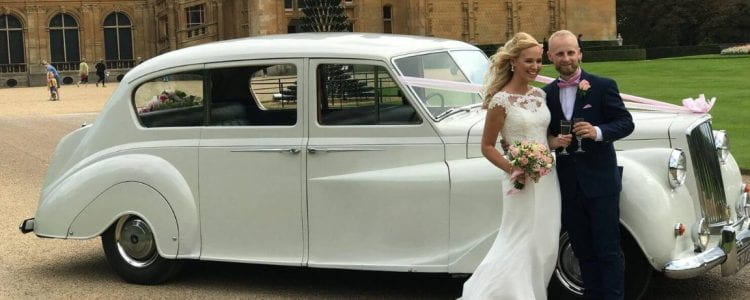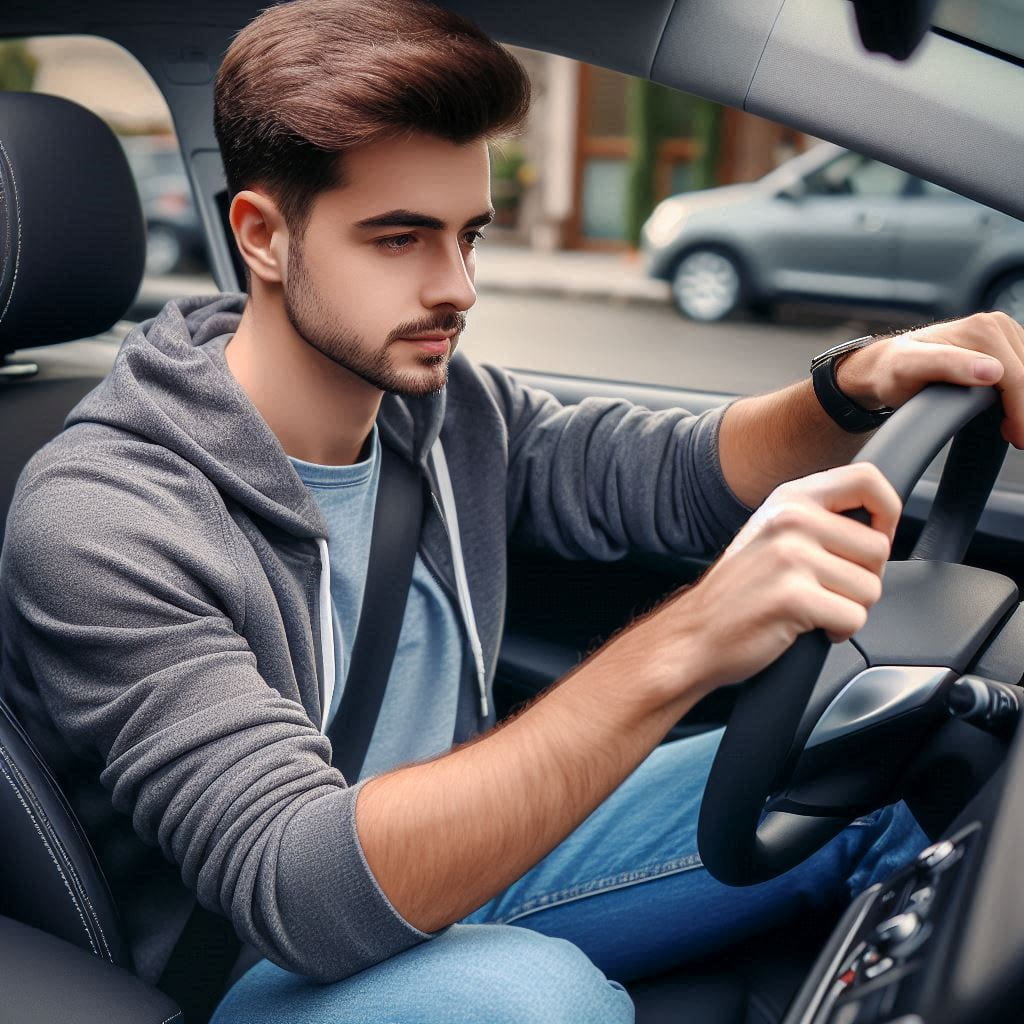Your wedding day is full of moving parts, and timing is everything. One area that can easily cause stress is transportation. Wedding car hire isn’t just about getting from point A to point B – it can significantly impact your timeline and the flow of your day.
Let’s explore how the right car can help your wedding day go smoothly.
Setting the Right Tone for the Day
Your wedding car sets the tone for your big day. It’s more than just a ride – it’s a part of the experience. Whether you’re in a vintage car, a sleek limo, or a luxury vehicle, it helps create the atmosphere you want.
The journey gives you a moment to relax before things get busy. This helps you stay calm and ensures your day flows without rushing.
Staying on Schedule
Weddings have a lot of moving parts. With so many things happening at once, it’s easy to fall behind schedule. Hiring a wedding car in Melbourne ensures that you’re always on time. Professional chauffeurs know the best routes and how to avoid traffic.
You won’t need to worry about parking or getting lost. A reliable car service means you can rest easy and stay on track throughout the day.
Managing Travel Time Between Venues
Many weddings in Melbourne take place in multiple locations, like a ceremony at one place and a reception somewhere else. Travel time can affect your timeline, especially if the venues are far apart.
When you hire a wedding car, you can plan for travel time in advance. The right car service ensures you’re not delayed. This gives your photographer plenty of time to capture every moment without feeling rushed.
Reducing Stress on the Day
Wedding planning can be stressful, but transportation doesn’t have to be. Relying on a professional car service means you don’t have to deal with last-minute issues. No worries about parking or being late.
Everything is pre-arranged, which reduces your stress. You can focus on enjoying your day, knowing that the transportation is in good hands.
Creating Time for Photos
Wedding photos are one of the most cherished parts of your big day. And the wedding car can play a big role in capturing those moments.
Plan for some extra time to take photos with the car. Whether you’re in or around it, those shots make for memorable moments in your album. Wedding car hire allows you to add creativity to your photos, giving your photographer the space they need to work their magic.
Helping Your Guests
It’s not just about you and your partner – your guests matter too. Many couples hire cars for their bridal party and family members. This ensures everyone arrives on time.
Coordinating transportation for your guests keeps the day on schedule. Plus, it makes them feel special and comfortable, knowing they won’t be stressed out trying to find parking.
Adding Extra Luxury to Your Day
A luxury car adds that extra touch of glamour to your day. It’s not just about comfort – it’s about feeling special. Whether it’s a classic vintage car or a sleek modern limo, the right vehicle can make you feel like royalty.
Having a beautiful car means you get to enjoy a moment of luxury before the next part of your wedding. It adds a little sparkle to your day, helping you relax and enjoy the journey.
Final Thoughts
Your wedding car hire is more than just a mode of transport. It plays a significant role in how your wedding day flows. From setting the tone to keeping everything on time, the right car can make a huge difference.
When planning your big day, consider how transportation fits into your timeline. A reliable, stylish car will ensure everything runs smoothly, so you can enjoy every moment of your celebration.


